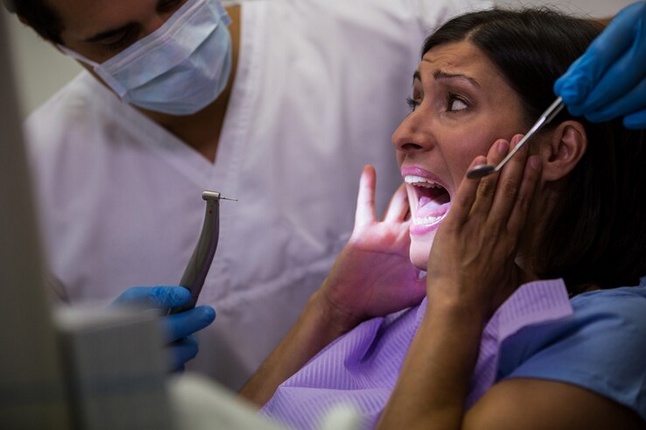Emergencies can strike at any moment, and dental emergencies are no exception. Whether it's a sudden toothache, a knocked-out tooth, or a broken crown, knowing how to handle a dental emergency can make all the difference in preserving oral health and preventing further complications. This article serves as an essential guide to emergency dental care, providing valuable information and practical tips for handling common dental emergencies with confidence and composure.
Understanding Dental Emergencies
A dental emergency is any situation that requires immediate attention to alleviate pain, prevent infection, or preserve the integrity of the teeth and surrounding tissues. Common dental emergencies include:
- Severe toothache
- Knocked-out tooth
- Broken or chipped tooth
- Lost or loose filling
- Abscess or infection
- Trauma to the mouth or jaw
Steps to Take During a Dental Emergency
When faced with a dental emergency, it's essential to remain calm and take prompt action to address the situation. Here are some steps to follow:
- Assess the Situation: Evaluate the severity of the injury or pain and determine whether immediate treatment is necessary.
- Manage Pain: Take over-the-counter pain medication, such as ibuprofen or acetaminophen, to alleviate discomfort while awaiting professional care.
- Control Bleeding: If there is bleeding, apply gentle pressure to the affected area with a clean cloth or gauze to help stop the bleeding.
- Save the Tooth: If a tooth has been knocked out, handle it by the crown (top) and avoid touching the root. Rinse it gently with water if dirty, but do not scrub or remove any attached tissue fragments. Place the tooth in a container of milk or saliva to keep it moist and bring it to the dentist's office.
- Protect the Tooth: If a tooth is cracked or chipped, rinse the mouth with warm water and apply a cold compress to reduce swelling. Avoid chewing on the affected side and see a dentist as soon as possible.
- Contact a Dentist: Call your dentist or an emergency dental clinic to schedule an appointment as soon as possible. Explain the nature of the emergency and follow any instructions provided by the dental professional.
Preventing Dental Emergencies
While some dental emergencies are unavoidable, there are steps you can take to minimize the risk:
- Maintain good oral hygiene by brushing and flossing regularly and visiting your dentist for routine check-ups and cleanings.
- Wear a mouthguard when participating in contact sports or engaging in activities that pose a risk of dental injury.
- Avoid chewing on hard objects such as ice, popcorn kernels, or pen caps, which can damage teeth and lead to dental emergencies.
- Be mindful of your oral health and seek prompt treatment for any dental issues, such as tooth decay or gum disease, to prevent them from progressing into emergencies.
Conclusion
In conclusion, knowing how to handle a dental emergency is essential for protecting oral health and minimizing the risk of complications. By understanding the signs and symptoms of dental emergencies, taking prompt action, and seeking professional care when needed, individuals can effectively manage dental emergencies and preserve the health and integrity of their smiles. Remember, in a pinch, staying calm, taking decisive action, and seeking help from a qualified dental professional are the keys to navigating dental emergencies with confidence and peace of mind.


No comments yet